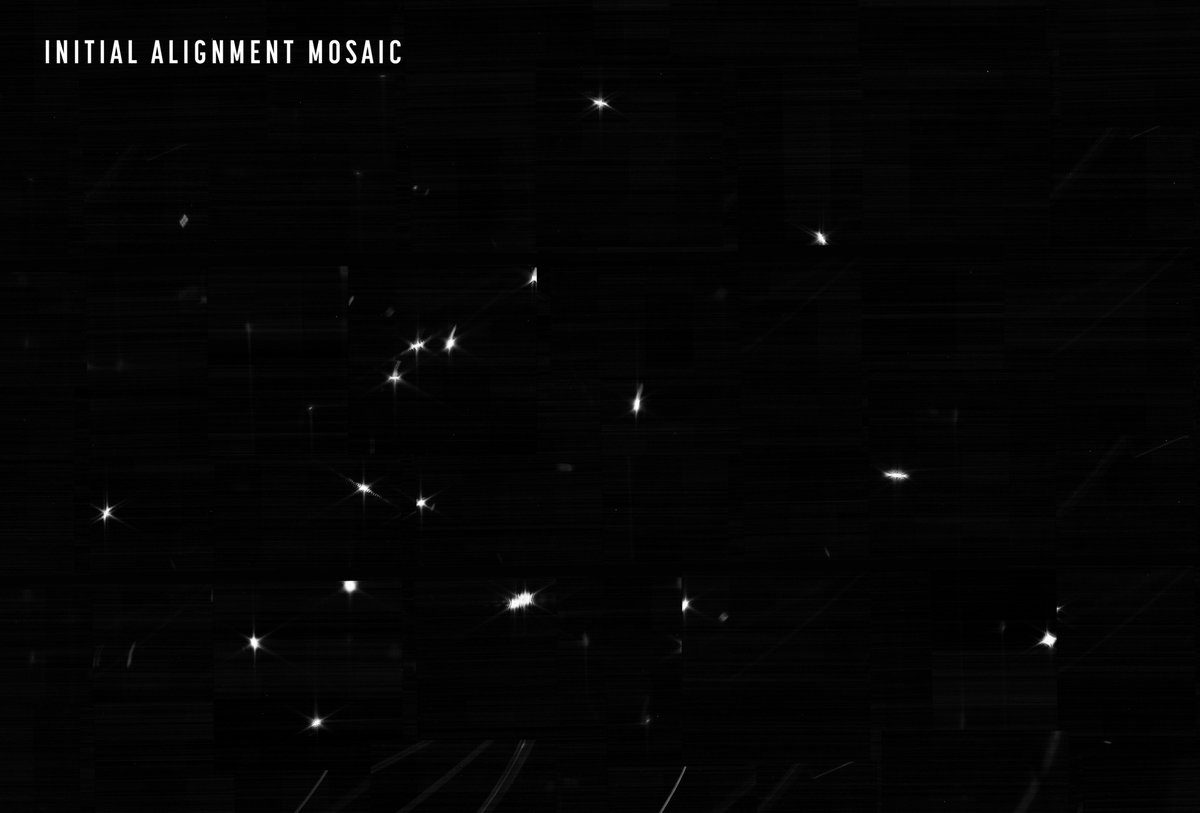
Cool news! Webb’s MIRI instrument recently passed through its critical “pinch point” and cooled to just a few kelvins above absolute zero, which is the coldest you can go: go.nasa.gov/3M6MbeJ
Wondering why MIRI is extremely chill? Thread ❄️
Wondering why MIRI is extremely chill? Thread ❄️

All of Webb’s instruments detect infrared light (which we feel as heat), so they need to be cold to seek out faint heat signatures in the universe. MIRI detects longer infrared wavelengths than the others, so it needs to be even colder.
Webb also needs to be cold to suppress something called dark current, an electric current created by the vibration of atoms in its instrument detectors. Dark current can give the false impression that there is light from a cosmic object when there isn’t.
Since temperature is a measurement of how fast atoms are vibrating, lowering temperature means less vibration and less dark current. MIRI’s ability to detect longer wavelengths makes it more sensitive to dark current, so it also needs to be colder to remove that effect.
Along with the other instruments, MIRI initially cooled with help from Webb’s sunshield. Unlike the others, the rest of its cooldown required a special cryocooler, along with heaters to prevent water ice. Yes, ice! More:
https://twitter.com/NASAWebb/status/1509244328224432139?s=20&t=jvnlPZF3s9WRmXKuW-i25Q
Many of you asked us why MIRI cooled down so slowly. Not only did the cooldown have to be carefully managed, but the cryocooler itself wasn’t turned on until mirror alignment was done, to keep extra vibrations from affecting the alignment process.
The “pinch point,” MIRI’s transition from 15 K to less than 7 K, was especially challenging because it involved several time-sensitive operations to be performed in rapid succession. It could have determined whether MIRI would complete its cooldown…or begin warming instead.
“We spent years practicing...running through the commands and the checks that we did on MIRI [...] When the test data rolled in, I was ecstatic to see it looked exactly as expected and that we have a healthy instrument.” - Mike Ressler, @NASAJPL’s MIRI project scientist
MIRI is a joint effort by @NASA and @ESA. Now that it is at operating temperature, MIRI team members will take test images to check its functionality. After all of Webb’s instruments are calibrated, expect Webb’s first science images to #UnfoldTheUniverse this summer!
• • •
Missing some Tweet in this thread? You can try to
force a refresh







